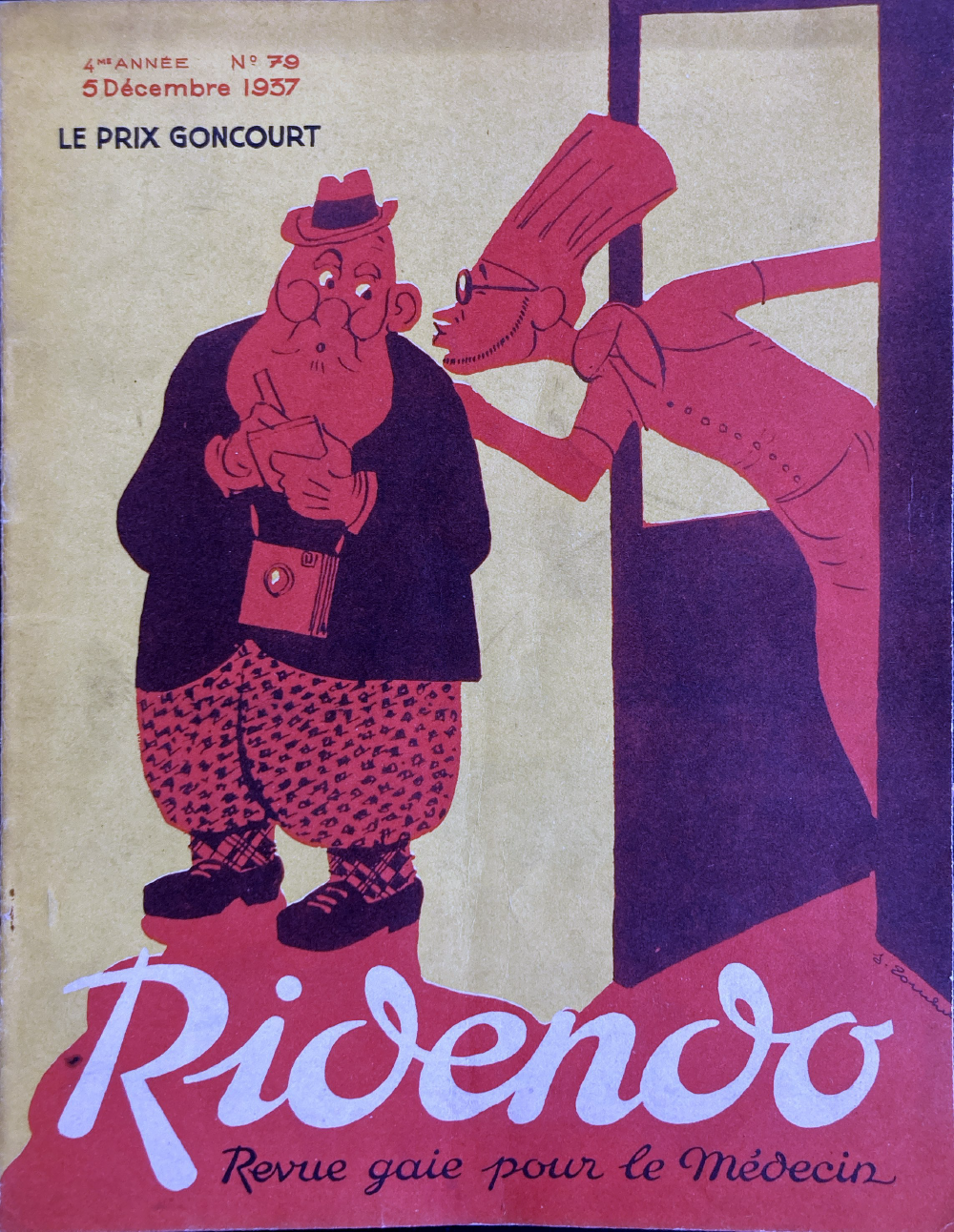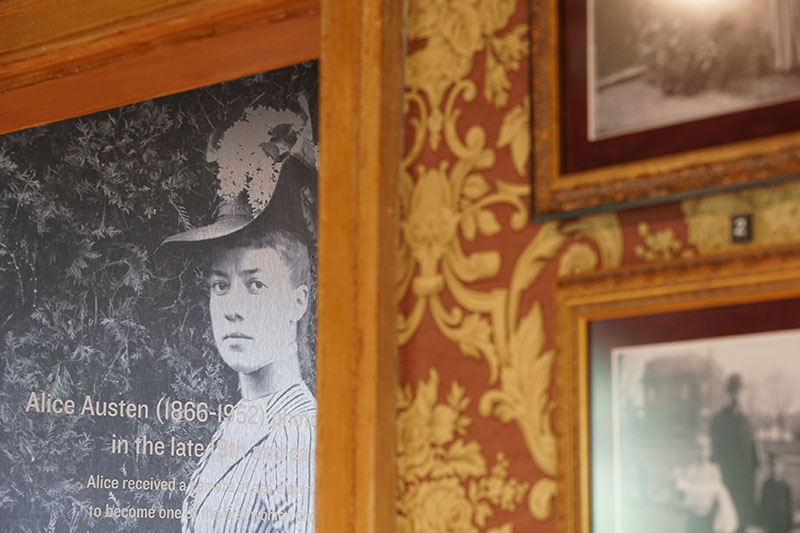
James Lapides|Collections
October 14, 2010
Graphic Intervention

The AIDS epidemic became personal for me when my sister’s best friend died in 1991 after a six-year battle with the disease. Marc was an extraordinary person — creative, brilliant, fun and caring — and his loss was unfathomable for anyone who knew him.
Flash forward to 1999. I was celebrating a milestone of my incipient second career as a poster dealer — International Poster Gallery’s 5th anniversary on Newbury Street in Boston. As a trained art historian and businessman, I was committed to customer education and making a contribution to the poster field. I had read Maurice Rickards’ book The Rise and Fall of the Poster, which posited that the poster had reached its pinnacle of influence in WWI, where unrivaled by television and radio, the poster dominated the public’s view of the war around the world.
On a trip to Europe, one of my favorite poster sources informed me of an AIDS poster collection he had been assembling. This was an extraordinary effort — he had spent over 10 years gathering 3,000+ posters from over 80 countries around the globe, and all were related to the AIDS crisis. This struck a chord within me for many reasons. The posters are a way of remembering those who have died due to AIDS — a graphic quilt of a different kind. The poster itself once again should be celebrated for its central role in promoting awareness, saving lives, raising donations, influencing the public debate and speaking out in the face of this terrifying global disease. And, as a collection that continues to grow, it also vividly reminds us that this disease is still very much present in our lives.
Observed
View all
Observed
By James Lapides
Recent Posts
Minefields and maternity leave: why I fight a system that shuts out women and caregivers Candace Parker & Michael C. Bush on Purpose, Leadership and Meeting the MomentCourtney L. McCluney, PhD|Essays
Rest as reparations: reimagining how we invest in Black women entrepreneurs Food branding without borders: chai, culture, and the politics of packaging



